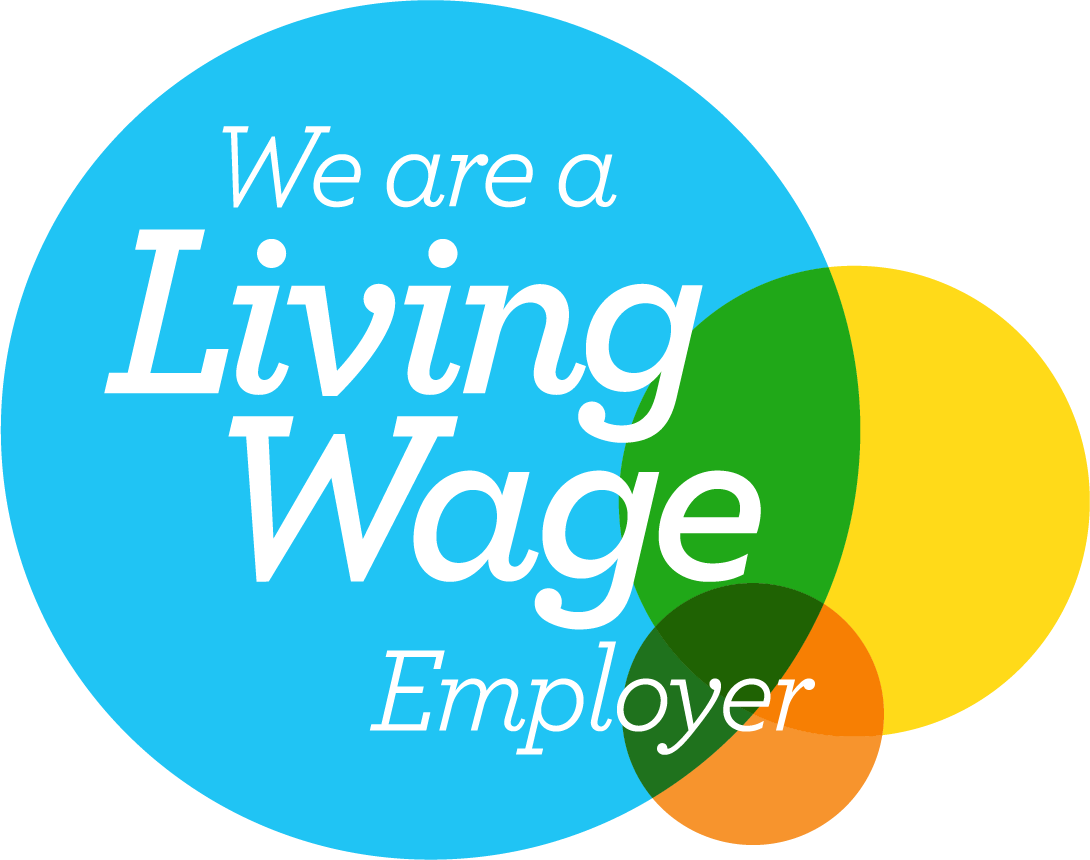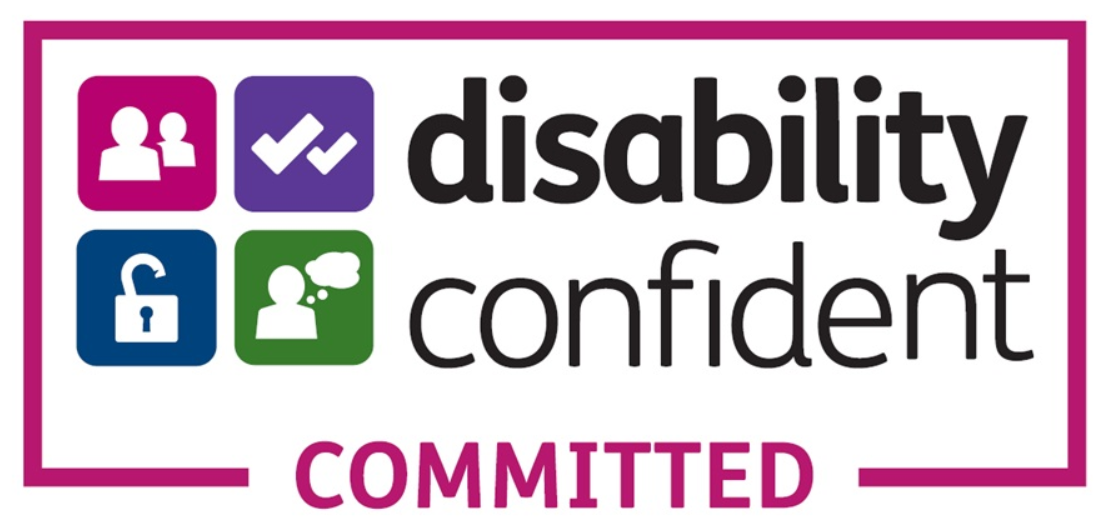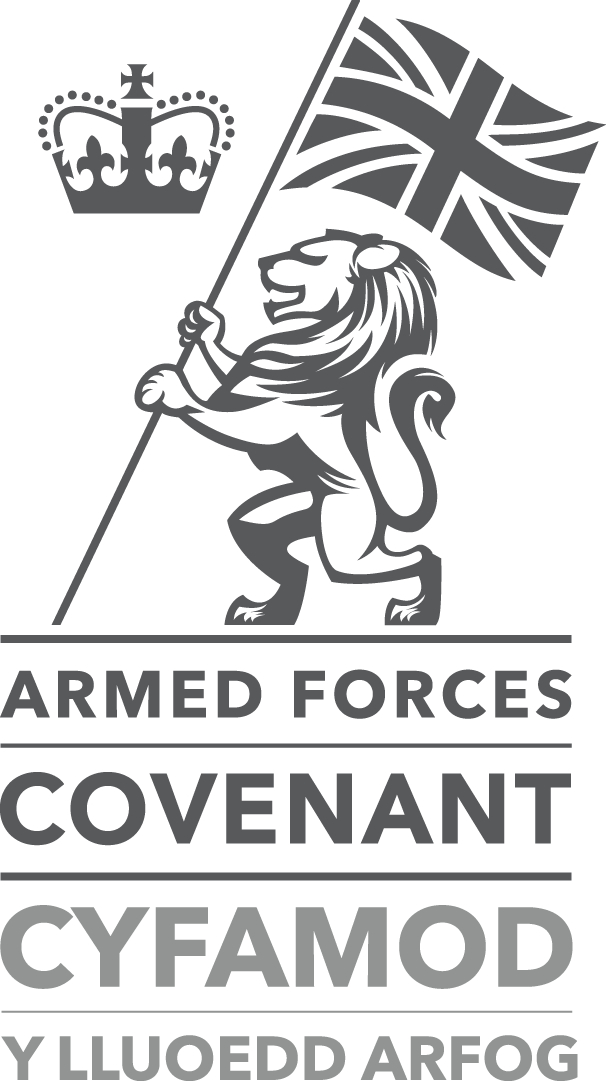Five everyday fire hazards (and how you can prevent them)
07 May 2024
Uncategorised
Making small changes can help keep you and your home safe in the event of a fire. Below are some common fire hazards and how you can prevent them.
#1: Overloading plug sockets
Extension leads will have a limit to how many amps they can take, so overloading them can increase the risk of fire. To avoid an electrical fire, stick to only having one or two appliances plugged in at a time.
It is also important to keep in mind that different appliances use different amounts of power, and high-powered appliances like washing machines should have a single socket to themselves to prevent overheating.
#2: Leaving items plugged in overnight
This can also lead to overheating, so before you go to bed, unplug any items that don’t need to be plugged in, such as phones, laptops, and tablets.
Look at the manufacturer’s instructions when charging any electrical goods, and make sure the charger has a CE mark on it. This mark means that the charger complies with European safety standards.
#3: Leaving tea towels close to the hob
If you have a gas hob, make sure that items such as tea towels are kept at a safe distance from it, so they don’t catch fire. If you can, you should also avoid wearing loose clothing while cooking over a gas hob, as this can also be a fire hazard.
#4: Candles
We all love lighting candles, but according to the UK government, two fires a day are started by candles. Swapping out traditional candles for battery-operated ones reduces the risk of fire in your home.
#5: Not shutting doors before going to bed
Before going to bed, make sure all your doors are shut as this can prevent a fire from spreading to other areas of the home.
Other checks you can do before you go to bed include making sure your cooker is turned off, and that appliances like dishwashers, washing machines and tumble dryers are not left running overnight.
You can find more tips on how to reduce the risk of fire in your home here.
Visit our Fire Safety page here.







